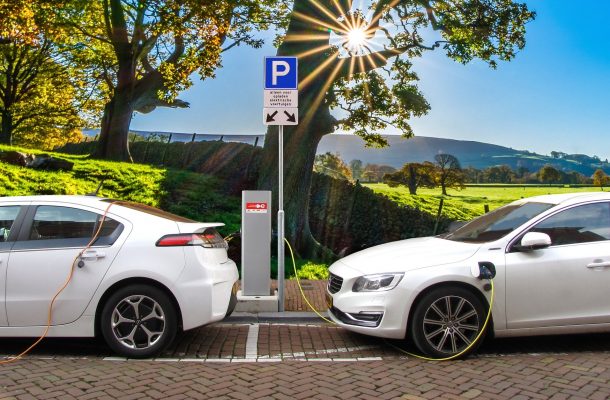Are solar powered cars on the horizon?

The future of the automotive industry belongs to electric cars. If the projections detailed in this infographic came true, the number of these vehicles would explode in the years ahead. Industry observers think that about 23 million cars with electric components could be sold by 2025, representing 23% of global automobile sales.
Most of the electric vehicles bought these days are plug-in hybrids. Although they still rely on an internal combustion engine, they are good enough to move the needle in pervasive crude oil consumption and massive greenhouse gas emission.
But the pinnacle of the electric car design is solar technology integration. The sun is the ultimate source of free, clean energy, which has been largely underutilized. Thanks to tireless research and development, though, solar-powered vehicles may finally achieve commercial viability in the next 24 months.
Despite the optimism and enthusiasm of green-minded folks who have been awaiting the arrival of the most eco-friendly vehicles under the sun, many people are still reluctant to buy and to drive solar-powered electric cars for the wrong reasons. Below are some of the misconceptions about them that are now considered groundless.
They Lose Power Quickly When There Is No Sun
Solar-powered vehicles will not stop running soon after sundown. Electric car batteries have benefitted from several advancements of late, showing promising results. The batteries of Tesla Model S and X have proven to hold on to 91% of their original capacity after covering 168,000 miles. The energy density of lithium-ion batteries is improving by 5% to 8% every year.
Since they charge themselves with sunlight, solar-powered vehicles will keep refueling during daylight hours. Lightyear, a Dutch automaker, claims that its fully solar-powered vehicle, Lightyear One, can run for months without charging.
In case solar power is not enough, an electric vehicle can be plugged in to bridge the gap in energy demand.
They Can’t Fit More Than One Person
Before, solar-powered cars can only accommodate a single person. Design constraints limit occupant number to one, for such a vehicle has to be light to avoid forcing the electric motor to work too much in order to reconcile energy conservation with mobility.
But we have come to a point when solar-powered vehicles no longer look like race cars. An excellent case in point is the Sion. Developed by Sono Motors, a German company, this electric car is indistinguishable from regular passenger vehicles. Also, the Sion has large trunk space for stashing groceries and other bulky items.
They Cost A Fortune To Own
Considering that the design of solar-powered cars is novel, it is easy to assume that such vehicles cost way beyond most pocketbooks. But this could not be more wrong.
According to Kelley Blue Book analysts, the average price of a new car in America was more than $37,000 in December 2018, which increased by 1.3% from the year prior. In comparison, the Sion is priced at €25,500, or less than $29,000.
We need to wait until 2020 to find out what early adopters will have to say about the first commercially sold solar-powered cars, but the great level of uncertainty that comes with these electric vehicles is no reason to steer clear of them.
Nick Galov is a Hosting Expert and Content Manager. Nick has been on a mission to improve the world of web hosting for some time now, but when not geeking it out, he enjoys lager and football.












